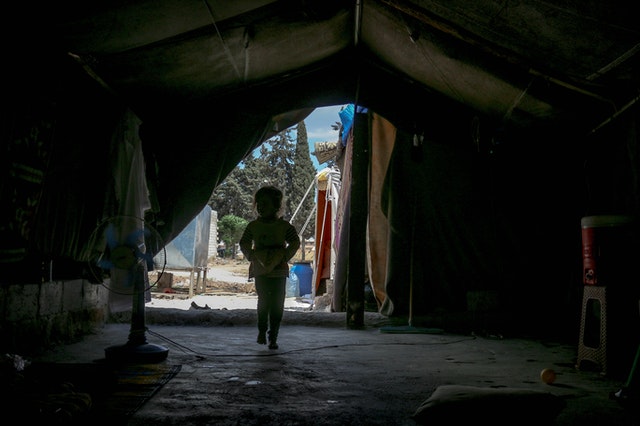Intervention Programs in Early Childhood May Prevent Future Obesity
Childhood obesity is a health issue that has become very prevalent: in the United States, 20.8% of children aged 14 are obese, while 17% are overweight. Childhood obesity prevalence also increases with age. According to the Centers for Disease Control and Prevention (CDC), from 2017 to 2018, the prevalence of obesity was 14.3% among 2- to 5-year-olds but grew to 20.3% among 6- to 11-year-olds. An increase in body mass index (BMI), a value used to determine obesity, often begins when a child is around four or five years old. BMI measures body fat based on one’s height and weight. This value, however, has a few limitations, including that it may overestimate body fat for very muscular, physically fit people. It also doesn’t take into consideration the changes in children’s body composition that occur over as they age.
BMI values are not a perfect indicator of health, but they are still important. Children at the ages of four or five who are overweight are much more likely to be obese later on in life, suggesting that the prevention of obesity should begin early on with the implementation of intervention programs in school. These programs aim to improve the nutrition and physical activity of children below the age of five, where they are thought to be most effective.
Research recently published by researchers at the Regional University Hospital of Málaga in Spain indicates that implementing intervention programs may lead to an overall decrease in children’s BMI, and therefore assist in the prevention of being either overweight or obese. This two-year study involved the participation of 261 students aged three or four. Researchers divided these students into two groups, a control group and an intervention group. The intervention group involved an education program for the students’ parents carried out by a dietetic technician (as well as school physicians) that revolved around developing healthy eating habits, nutrition, and physical activity. This program consisted of multiple sessions throughout the two-year period.
BMI values are not a perfect indicator of health, but they are still important. Children at the ages of four or five who are overweight are much more likely to be obese later on in life, suggesting that the prevention of obesity should begin early on with the implementation of intervention programs in school. These programs aim to improve the nutrition and physical activity of children below the age of five, where they are thought to be most effective.
Research recently published by researchers at the Regional University Hospital of Málaga in Spain indicates that implementing intervention programs may lead to an overall decrease in children’s BMI, and therefore assist in the prevention of being either overweight or obese. This two-year study involved the participation of 261 students aged three or four. Researchers divided these students into two groups, a control group and an intervention group. The intervention group involved an education program for the students’ parents carried out by a dietetic technician (as well as school physicians) that revolved around developing healthy eating habits, nutrition, and physical activity. This program consisted of multiple sessions throughout the two-year period.
Image Source: Pavel Danieluk
The students’ weights and heights were taken at the beginning and end of the two-year study, and their BMI z-score (zBMI) was calculated to measure changes in the children after the two years. Unlike BMI, zBMI takes into consideration the changes in a child’s body composition over time and is therefore more accurate. After the two years, researchers discovered that the control group’s prevalence of overweight and obesity increased by 7.6%, while there were no significant changes in the intervention group.
While this study’s findings suggest that intervention programs in early childhood can decrease the likelihood of a child being obese or overweight later on, the relatively low sample size may limit the validity of these findings. Additionally, these findings cannot be generalized to the majority of children because the intervention programs were only implemented in one province of Spain. Therefore, further research needs to be done with more populations to identify the methods that can best prevent childhood obesity. Beyond interventions, it remains important to consider healthy eating habits and nutrition, as well as incorporating physical activity into one’s lifestyle, especially from a young age.
While this study’s findings suggest that intervention programs in early childhood can decrease the likelihood of a child being obese or overweight later on, the relatively low sample size may limit the validity of these findings. Additionally, these findings cannot be generalized to the majority of children because the intervention programs were only implemented in one province of Spain. Therefore, further research needs to be done with more populations to identify the methods that can best prevent childhood obesity. Beyond interventions, it remains important to consider healthy eating habits and nutrition, as well as incorporating physical activity into one’s lifestyle, especially from a young age.
Featured Image Source: Naomi Shi
RELATED ARTICLES
|
Vertical Divider
|
Vertical Divider
|
Vertical Divider
|






